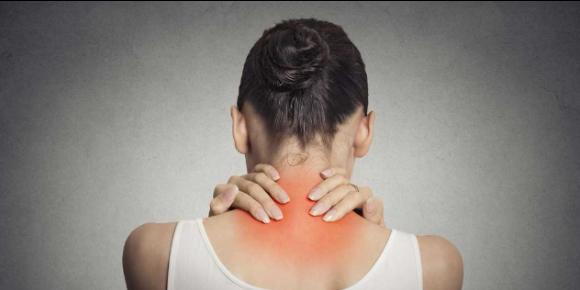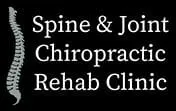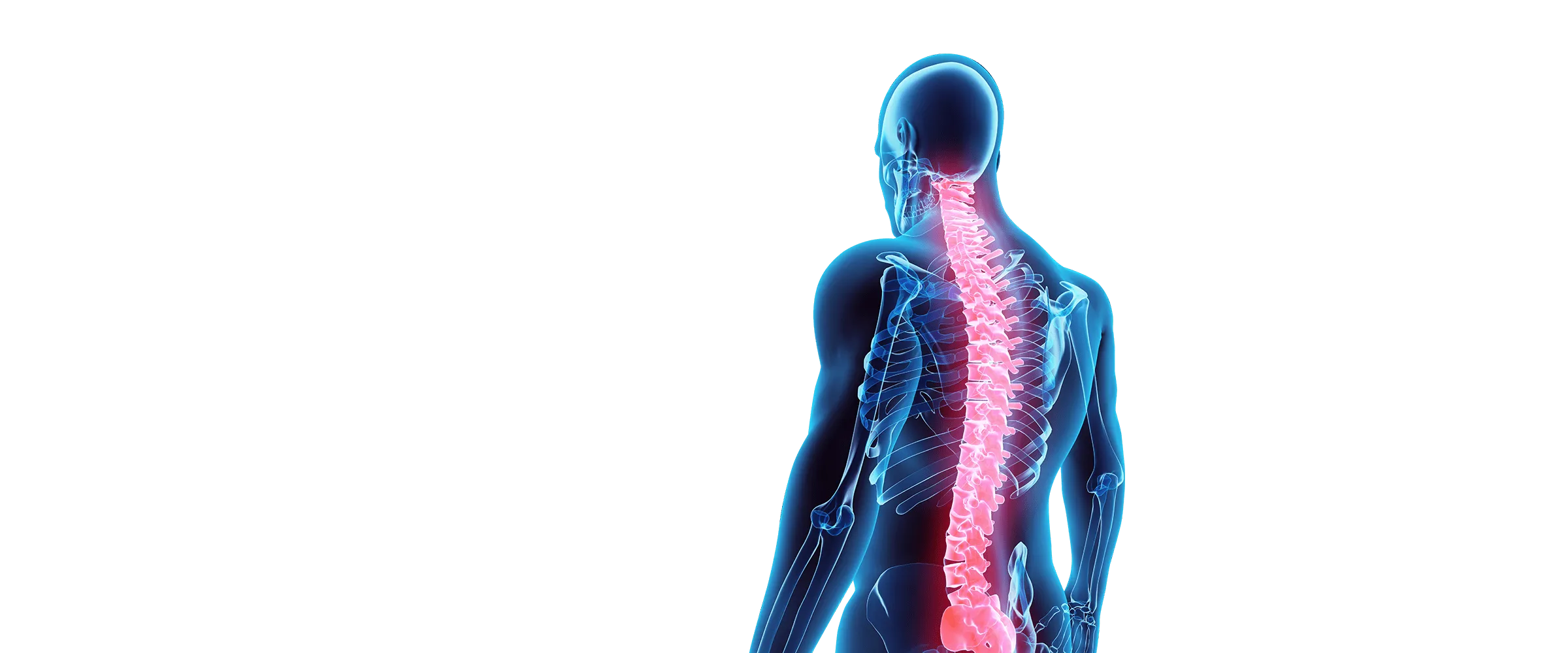Chronic Sitting, the Silent Killer

- posted: Sep. 15, 2021
As technology is advancing at the speed of light the question arises can we keep up? Computers and robots are doing more and more of the tasks we used to do. Gone are the days of the factory worker, farmer and artisan. Machines do everything we do faster and more efficiently. No more human errors! Not to mention computers and machines don’t get tired! Don’t get sick! Don’t need vacations! They don’t need lunch breaks! They don’t mind working overtime! Oh yeah, and they don’t need a salary!
No wonder more companies are becoming fully automated. This has led to massive downsizing of the work force. The original human skill used to be hard work and long days of labor. Physical labor is a thing of the past. Now days we are required to have more specialized skills. These jobs generally require brain power and not physical power. The computer job is becoming integral to all companies and their needs.
The only problem with all of these high tech jobs is that the human body wasn’t designed to sit in front of a computer for 8 to 12 hours a day. Most computer workers tend to use poor ergonomics in their work place putting undo stress on their necks and backs. Computer work in a seated position tends to cause us to hunch forward towards the computer screen creating a forward head posture which places stress on our neck muscles and cervical vertebra. This can lead to disc degeneration causing pinched nerves in our neck which can create numbness down into the arms.
Also the constant sitting position places maximum load on the lumbar spine. When we sit, no longer is the weight of our bodies evenly distributed over our hips, knees, ankles and feet. Rather all the downward force of our body is translated to our lumbar spine and pelvis. This also can lead to herniated discs and sciatic pain traveling down the back of the legs.
One other problem is the damage that chronic sitting does to our cardiovascular system. Prolonged sitting creates plaque and atherosclerosis or clogging of the arteries. When combined with the junk food we consume to give us that jolt of energy we need to keep productive during our long days; we have created the recipe for disaster. Cardiovascular disease is on the rise due to our sedentary lifestyles. Recent research has shown that sitting is the new smoking. Wow! Think of that. All these years we have been sitting around chastising smokers when we should have been chastising ourselves for sitting around.
The solution to all these problems are simple. Just move! Our bodies are segmented, articulated, freely moveable creations for a reason. We are designed to move; move your arms, move your legs, move your body! This idea that an object in motion tends to stay in motion is so true. By simply moving we can induce the circulation of blood through our circulatory system, balance our hormones, and increase our metabolism. Not to mention we can reduce our incidence of arthritis, diabetes, cancer, heart disease, and the list goes on and on.
If you are a chronic sitter or just a couch potato you might be silently killing yourself. If your health has gotten out of hand you may need to see a doctor. Today’s doctors are better equipped than ever before. One specialist is particular is very well equipped to deal with the issues that arise from the modern stresses of life. Chiropractors are neuro-musculoskeletal experts who specialize in areas such as the spine, but also advise patients on proper lifestyle choices. Ultimately it’s our life style that determines our health. Your chiropractor can give you advice on exercise and nutrition to combat today’s chronic sedentary lifestyle. Not only can a chiropractor improve your posture, but they are also qualified to treat neck pain, back pain, headaches, TMJ disorder and general joint pain. If you are ready to improve your health then get your body in motion.
Learn More About Our Practice
Get In Touch
License number
JLQ0EA2K-230322

